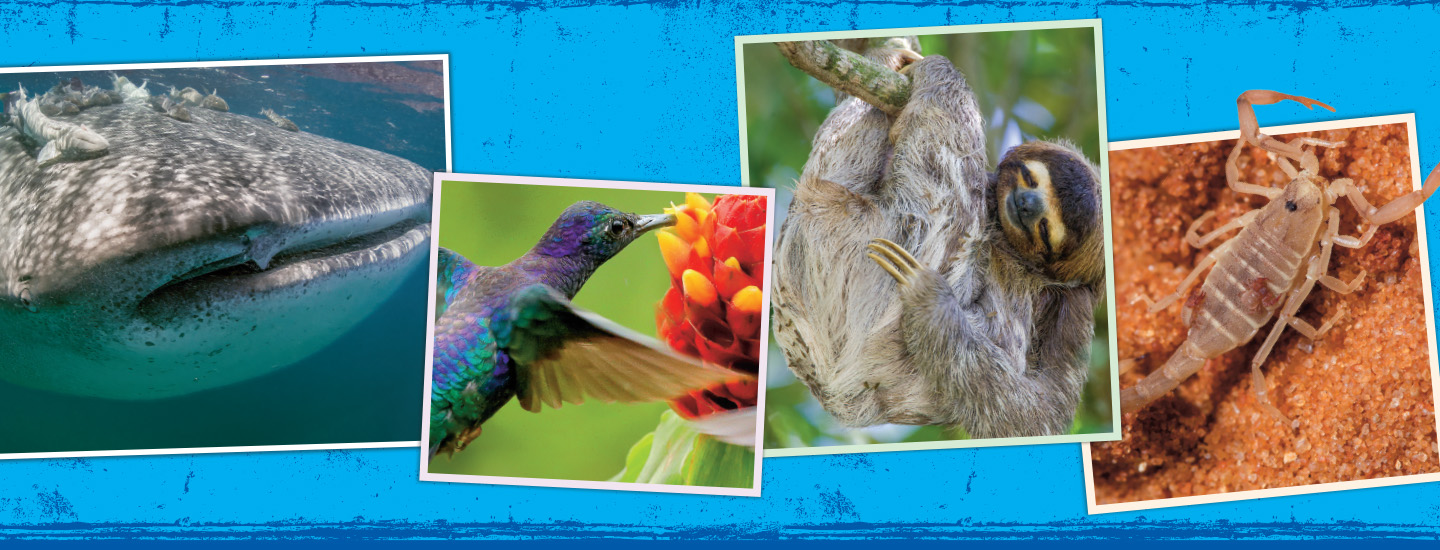Hummingbird flower mites feed on the pollen and nectar of flowers. To get from bloom to bloom, the mites walk on their tiny legs. But to get from plant to plant, they prefer air travel—riding inside a hummingbird’s nostrils!
These mites feed on one or two plant species, while hummingbirds stop at many more. So how does a mite know where to hop off? By smell. Once a mite gets a whiff of its preferred plant, it runs out of the bird’s nostril, down the beak, and into the flower!
Choosing a hummingbird to ride is a different story. Mites don’t know where each bird is going, says ecologist Rob Colwell. However, chances are good that if the hummingbird visited the mite’s preferred plant once, it will do so again.
By carrying mites, hummingbirds are aiding the competition, since both animals drink nectar. Colwell has a soft spot for the mites. “These are harmless little freeloaders that have a fascinating life,” he says.

